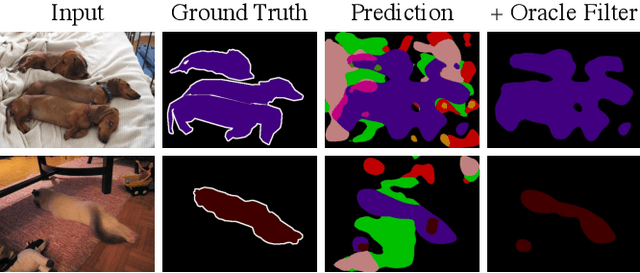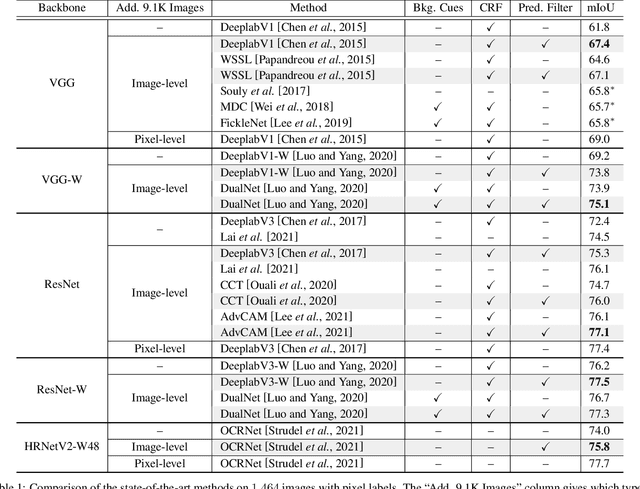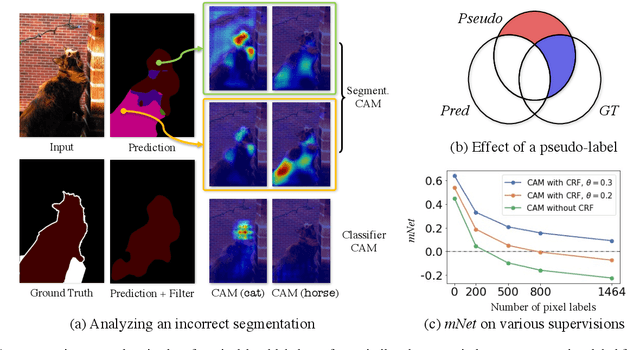Milad Jalali Asadabadi
Differentially Private Data Generation Needs Better Features
May 25, 2022



Abstract:Training even moderately-sized generative models with differentially-private stochastic gradient descent (DP-SGD) is difficult: the required level of noise for reasonable levels of privacy is simply too large. We advocate instead building off a good, relevant representation on public data, then using private data only for "transfer learning." In particular, we minimize the maximum mean discrepancy (MMD) between private target data and the generated distribution, using a kernel based on perceptual features from a public dataset. With the MMD, we can simply privatize the data-dependent term once and for all, rather than introducing noise at each step of optimization as in DP-SGD. Our algorithm allows us to generate CIFAR10-level images faithfully with $\varepsilon \approx 2$, far surpassing the current state of the art, which only models MNIST and FashionMNIST at $\varepsilon \approx 10$. Our work introduces simple yet powerful foundations for reducing the gap between private and non-private deep generative models.
One Weird Trick to Improve Your Semi-Weakly Supervised Semantic Segmentation Model
May 02, 2022



Abstract:Semi-weakly supervised semantic segmentation (SWSSS) aims to train a model to identify objects in images based on a small number of images with pixel-level labels, and many more images with only image-level labels. Most existing SWSSS algorithms extract pixel-level pseudo-labels from an image classifier - a very difficult task to do well, hence requiring complicated architectures and extensive hyperparameter tuning on fully-supervised validation sets. We propose a method called prediction filtering, which instead of extracting pseudo-labels, just uses the classifier as a classifier: it ignores any segmentation predictions from classes which the classifier is confident are not present. Adding this simple post-processing method to baselines gives results competitive with or better than prior SWSSS algorithms. Moreover, it is compatible with pseudo-label methods: adding prediction filtering to existing SWSSS algorithms further improves segmentation performance.
 Add to Chrome
Add to Chrome Add to Firefox
Add to Firefox Add to Edge
Add to Edge